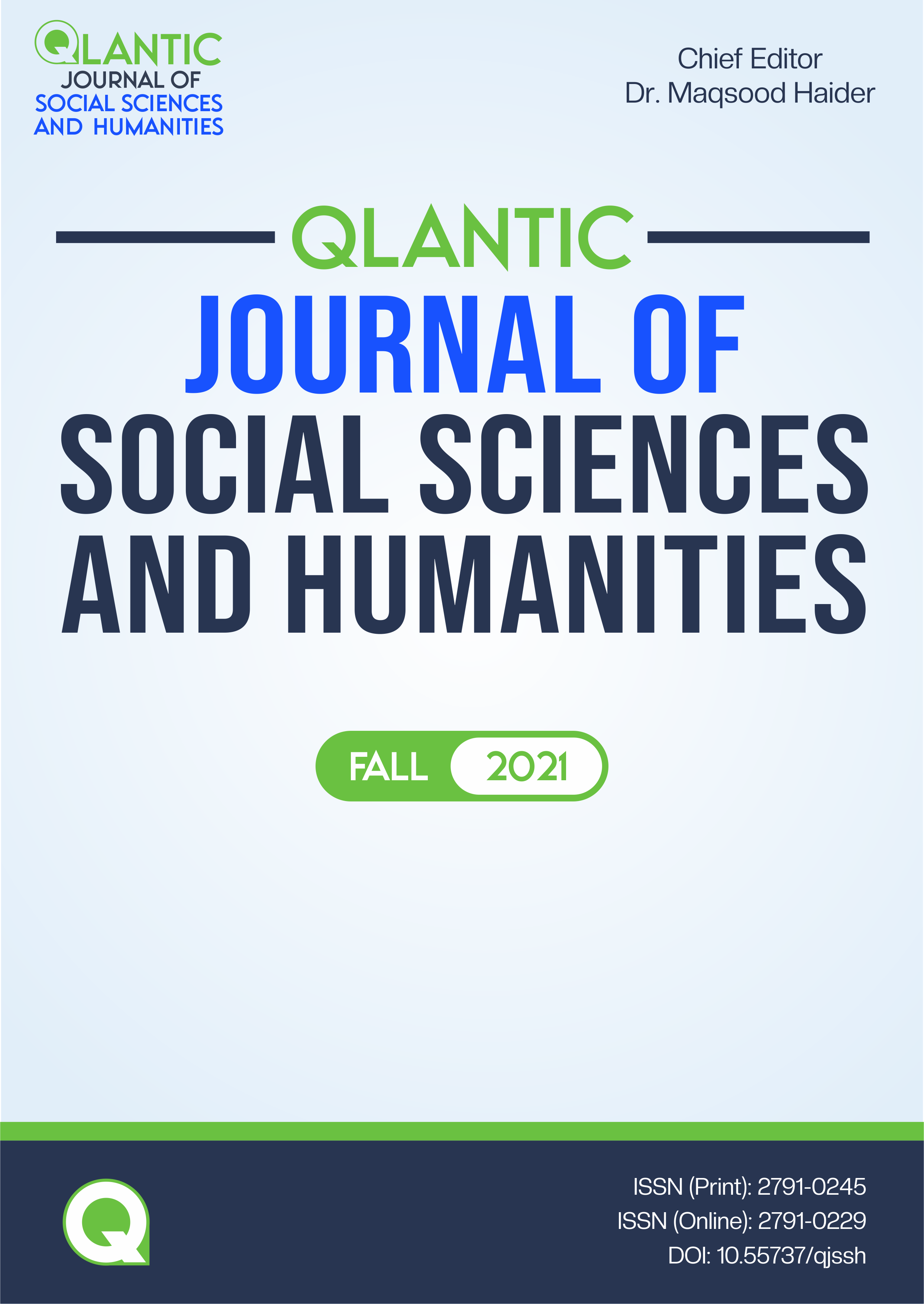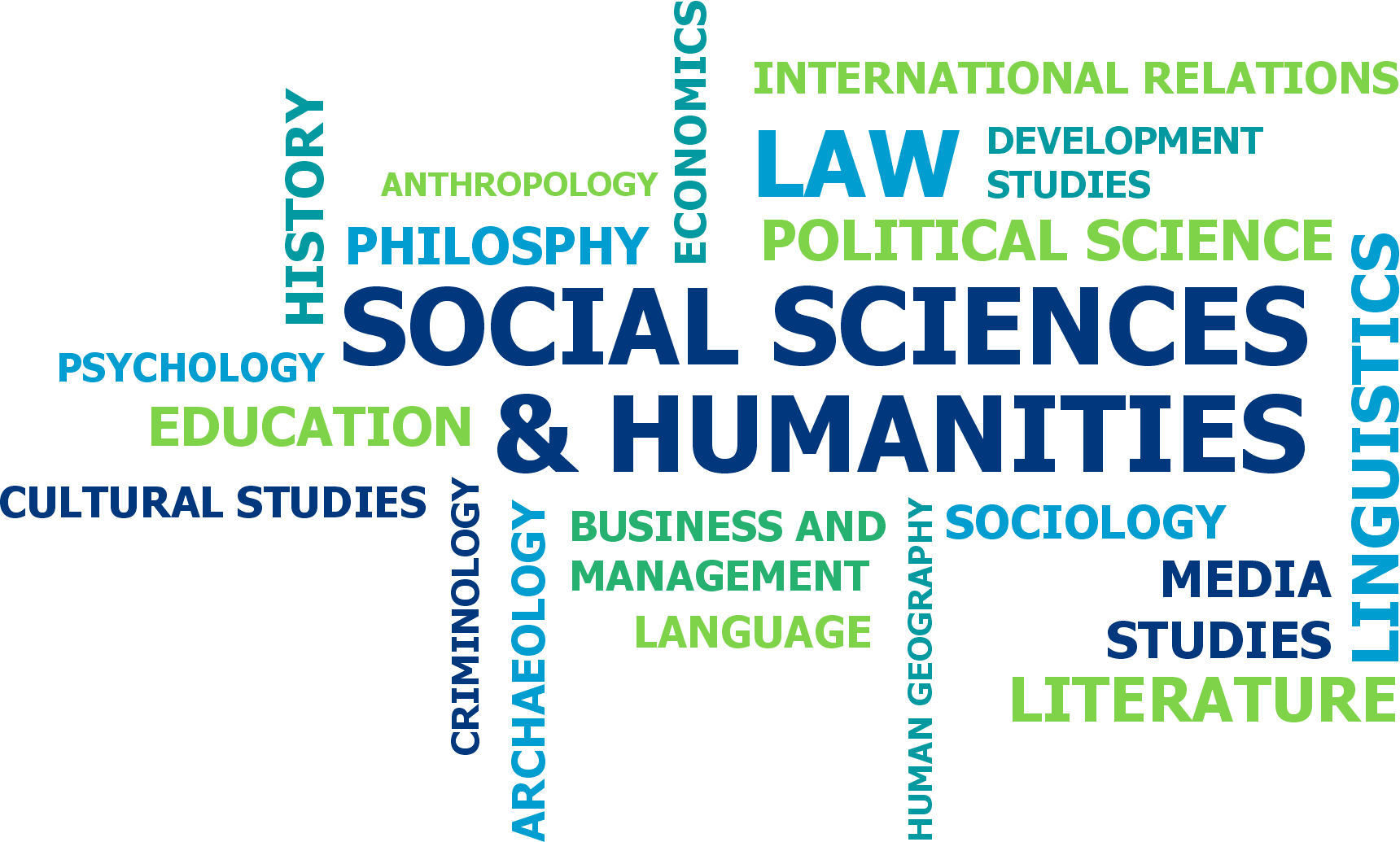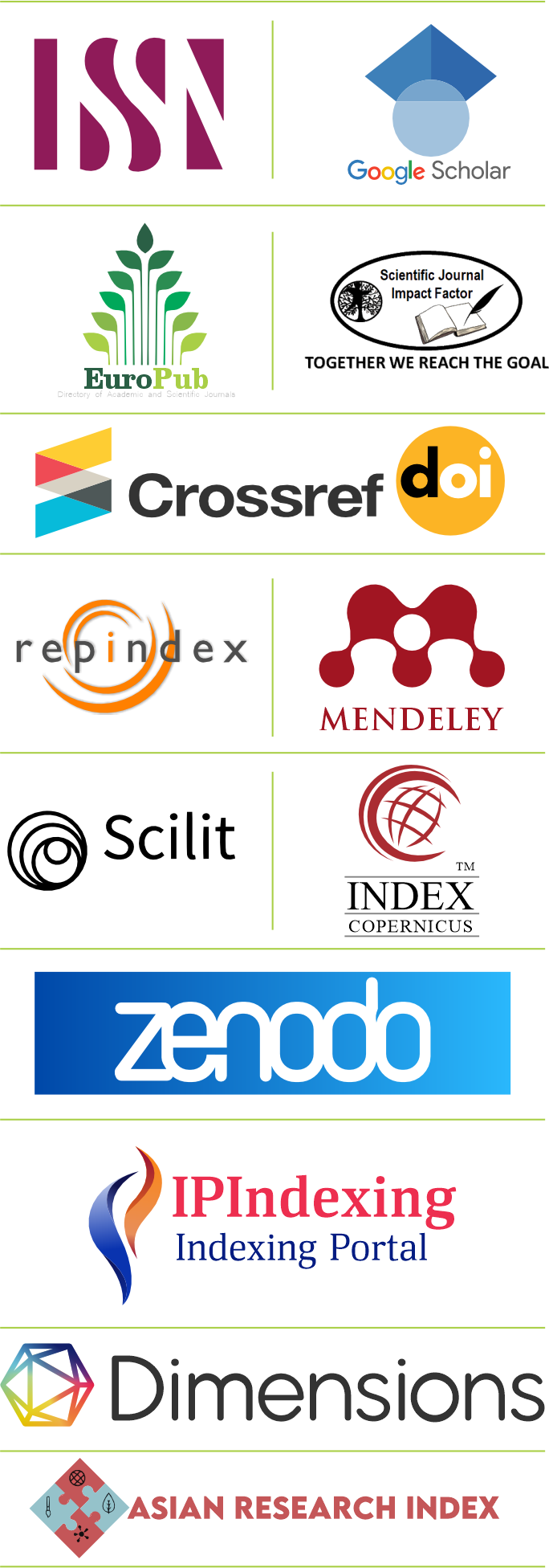Applying the Philosophy of Total Quality Management to Curriculum Design and Delivery
DOI:
https://doi.org/10.55737/qjssh.465971077Keywords:
Curriculum Development, Curriculum Implementation, Curriculum Dissemination, QualityAbstract
Curriculum is an essential element of education required to capacitate individuals for life. To meet upcoming demands of 21st century it is necessary to apply modern management philosophy known as Total Quality Management to set guidelines for curriculum design and delivery. Therefore, the main purpose of this paper is to look at how the TQM paradigm might be used to curriculum design and delivery, particularly in higher education institutions. The main objectives of the study included views of male and females about emergent philosophy of TQM into curriculum design and delivery in Pakistan and application of TQM into curriculum design and delivery in the higher education institutions of the Pakistan Stratified random sampling was used to choose the study's sample.. From 5 Public-sector universities of the Pakistan 320 respondents (Vice Chancellor, Deans, Registrars, Teachers and the students) were selected as sample of the study. A self-developed questionnaire was used as a tool for collection of the data. Data were analyzed by applying t-test, one-way ANOVA and Post-hoc (LSD). The key findings of the data analysis demonstrated that the TQM paradigm did not nurture much in terms of curriculum design and delivery in Pakistan's higher education institutions. Upon findings it is recommended that doctrine of TQM should be utilized in the formulation of curriculum and implementers should be trained accordingly for its real application.
References
Aggarwal, J. C. (1990). Curriculum Reforms in India; World Overview. Delhi, India. Doaba House, Book Sellers and Publishers.
Alvior, M. G. (2015). Seven Criteria for the Selection of Subject-Matter or Content of the Curriculum. In Simply Educate. https://simplyeducate.me/2015/02/07/7-criteria-for-the-selection-of-subject-matter-or-content-of-the-curriculum/
Biggs, J. B. (2003). Teaching for quality learning at university (2nd ed.). Maidenhead: Open University Press.
Bilbao, P. P., Lucido, P. I., Iringan, T. C., & Javier, R. B. (2008). Curriculum development. Quezon City, QC: Lorimar Publishing, Inc.
Grace, C., Kapoma, & Carol, N. (2011). When is the curriculum content of social relevance. https://sitwe.wordpress.com/2013/12/05/when-is-the-curriculum-content-of-social-relevance-%E2%80%93-essay-by-grace-c-kapoma-and-carol-namusokwe /
Guba, E. G., & Stufflebeam, D. L. (1970). Evaluation: The Process of Stimulating, Aiding, and Abetting Insightful Action. Indian University. Guide, (2nd ed). Macmillan
Haider, G. (2016). Process of Curriculum Development in Pakistan, International Journal of New trends in Arts, Sports and Science Education, Volume 5,Issue 2
Hoover, J. J., & Patton, J. R. (2008). The role of special educators in a multitier instructional system. Intervention in School and Clinic, 43(4), 195-202.
Kerr John F (1974). Changing the Curriculum, UNI Books, University of London.
Morgan, H., & Houghton, A. (2011). Inclusive curriculum design in higher education. Higher Education Academy.
Oliva, P.F. & Gordon, W. R. (2013). Developing the Curriculum. Florida, USA, Pearson publisher.
Oliver A (2005). Curriculum Improvement: A Guide to Problems, Principles and Procedures, New York: Dodd, Mead and Company Ltd.
Oliver, S. L., & Hyun, E. (2011). Comprehensive curriculum reform in higher education: Collaborative engagement of faculty and administrators. Journal of case studies in education, 2, 1.
Print, M. (1993). Curriculum Development and Design. Sydney, Australia. National Library of Australia Cataloging-in-Publication entry.
Taba, H. (1962). Curriculum Development: Theory and Practice. New York, U.S.A. Harcourt, Brace and World. Inc.
Tyler, R. W. (1949). Basic principles of curriculum and instruction. Chicago: University of Chicago Press
Published
Issue
Section
License
Copyright (c) 2021 Nargis Noor

This work is licensed under a Creative Commons Attribution-NonCommercial 4.0 International License.





